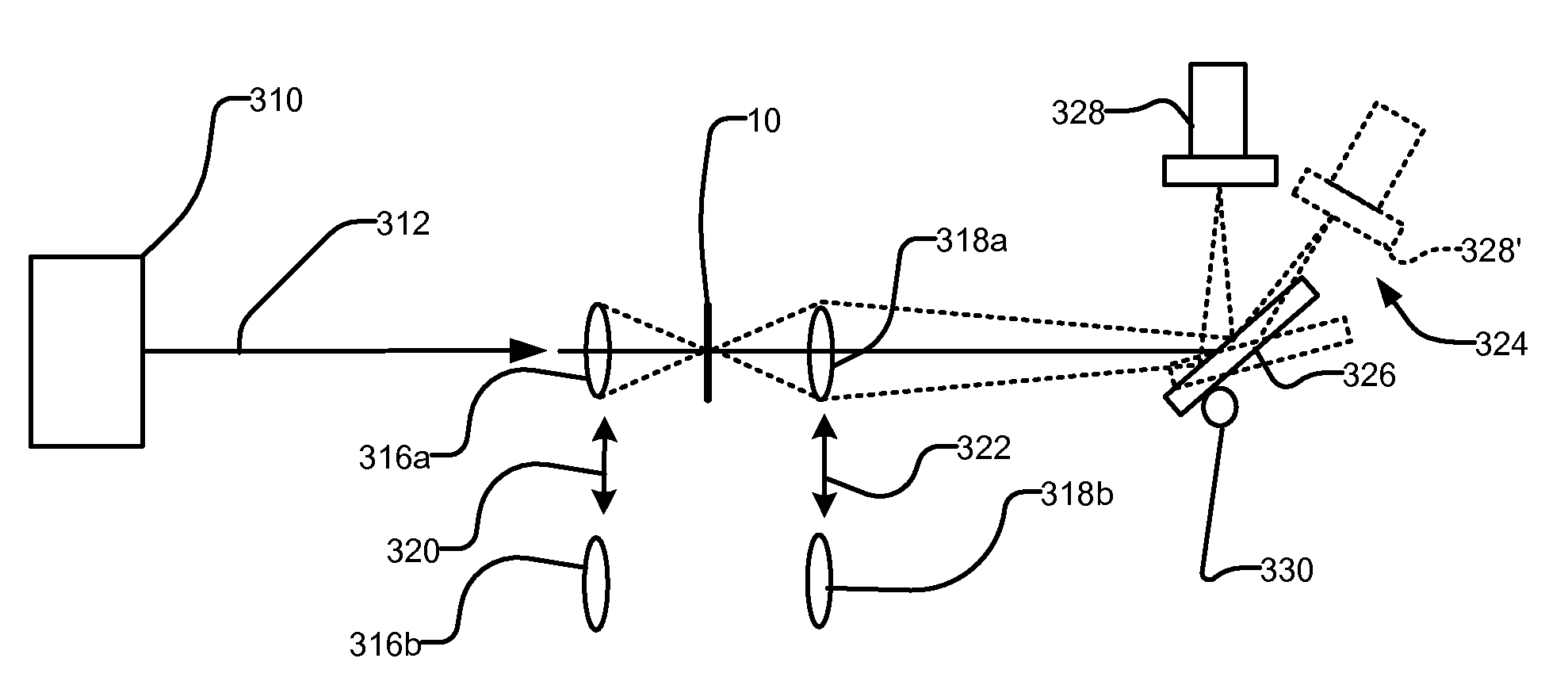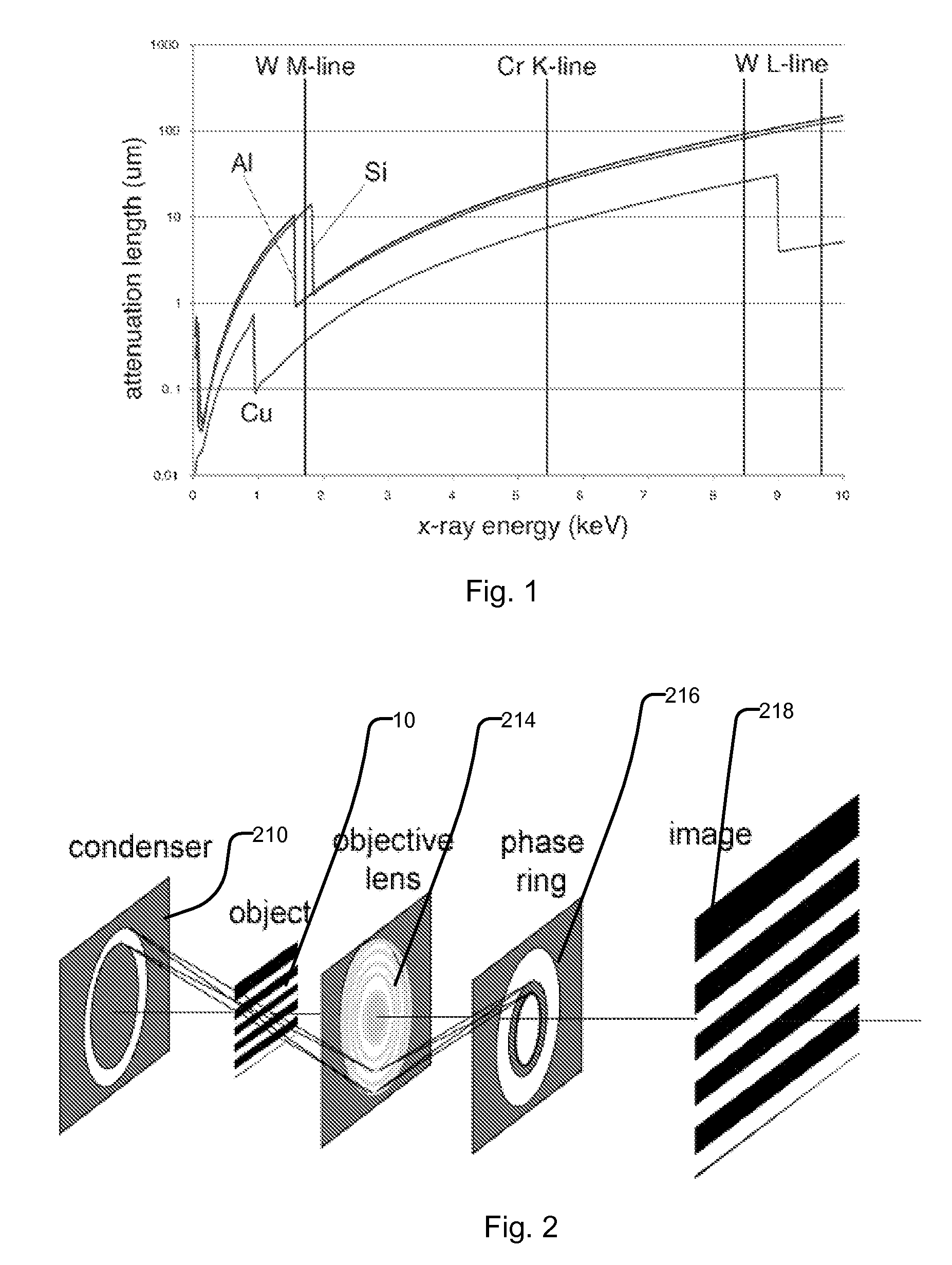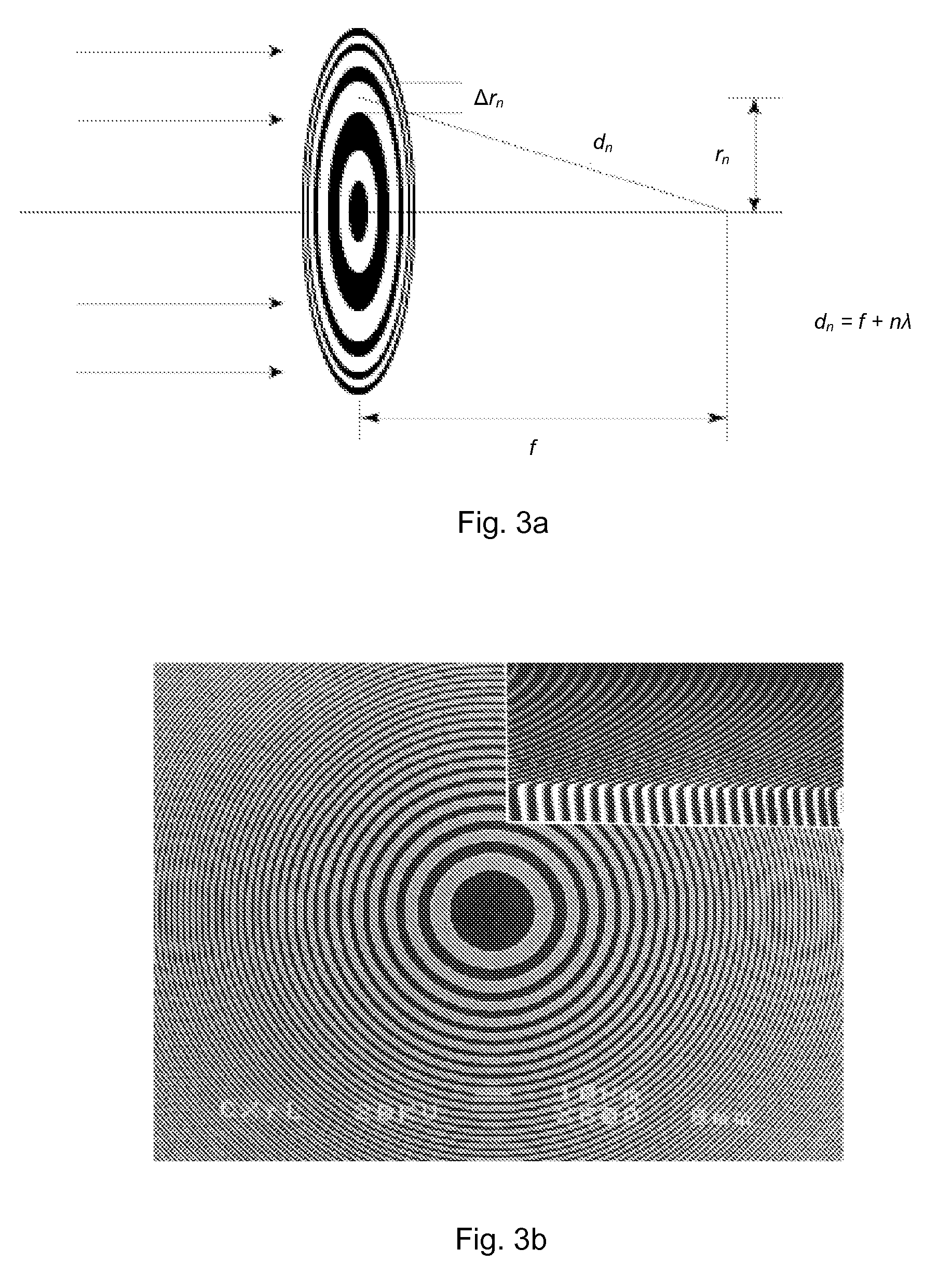Optimized x-ray energy for high resolution imaging of integrated circuits structures
a technology of integrated circuits and x-ray energy, which is applied in the field of optimized x-ray energy for high-resolution imaging of integrated circuits, to achieve the effects of enhancing the contrast of certain materials, improving system throughput, and favorable imaging characteristics
- Summary
- Abstract
- Description
- Claims
- Application Information
AI Technical Summary
Benefits of technology
Problems solved by technology
Method used
Image
Examples
Embodiment Construction
[0022]A number of x-ray imaging systems are disclosed that utilize one or more atomic emission lines to image specific materials in a sample, taking advantage of the spectral absorption properties of the sample to produce high image contrast with appropriate imaging mechanisms. It also takes into account the response of optics and detectors at different x-ray energies. It deals, in particular, with materials used in current generation and next generation semiconductor integrated circuit devices.
[0023]As an example, refer to FIG. 1, which shows the absorption spectrum of materials used most frequently in semiconductor devices: Copper, Aluminum, and Silicon. Typically copper or aluminum circuits are fabricated in a silicon substrate. To image the circuit structure, strong contrast is desirable between the circuit structure and the silicon substrate.
[0024]The interaction of x-rays with most materials is complex and strongly dependent on the x-ray energy. A good example is illustrated i...
PUM
 Login to View More
Login to View More Abstract
Description
Claims
Application Information
 Login to View More
Login to View More - R&D
- Intellectual Property
- Life Sciences
- Materials
- Tech Scout
- Unparalleled Data Quality
- Higher Quality Content
- 60% Fewer Hallucinations
Browse by: Latest US Patents, China's latest patents, Technical Efficacy Thesaurus, Application Domain, Technology Topic, Popular Technical Reports.
© 2025 PatSnap. All rights reserved.Legal|Privacy policy|Modern Slavery Act Transparency Statement|Sitemap|About US| Contact US: help@patsnap.com



